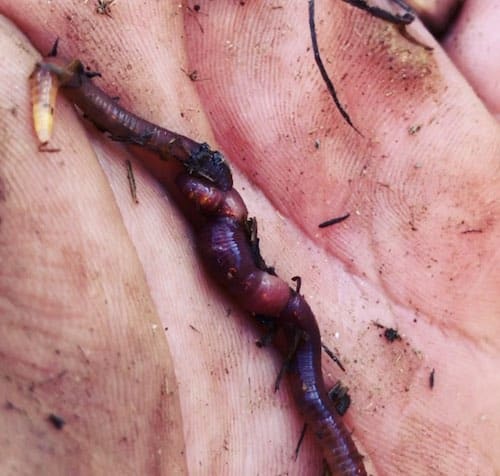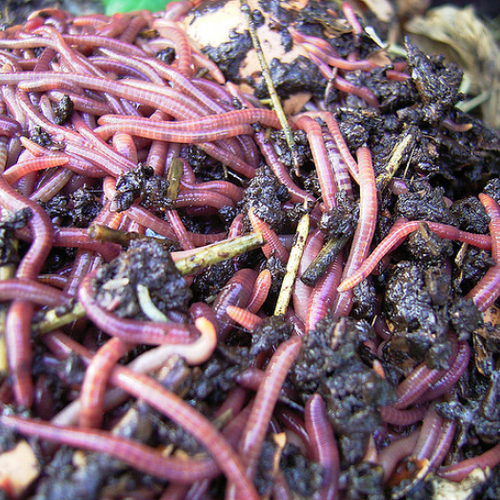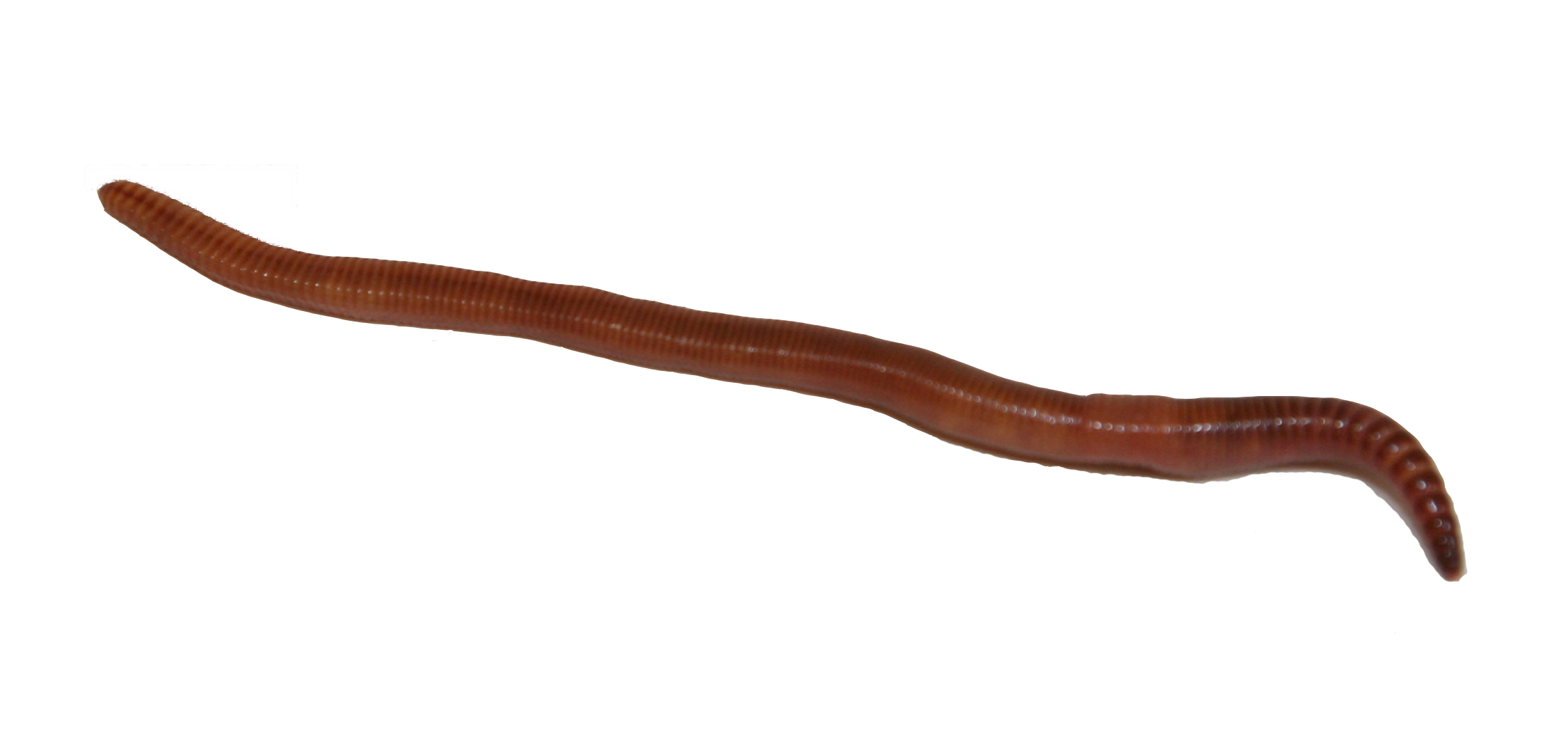Efficient red wigglers: Boost your garden naturally
Wiki Article
Leading Advantages of Using Red Wigglers for Vermiculture
The use of red wigglers, or Eisenia fetida, in vermiculture offers a number of engaging benefits that prolong beyond plain composting. These microorganisms not just boost soil fertility and framework yet additionally assist in an extra reliable disintegration process while proactively taking part in waste decrease. In addition, their existence substantially enhances microbial activity within the dirt, producing a thriving community for plant growth. As we check out these advantages additionally, it comes to be obvious that the effects of integrating red wigglers into farming methods are both extensive and significant.
Enhanced Soil Fertility
Boosted dirt fertility is a critical part of lasting agriculture, and red wigglers play a crucial role in this procedure. As a species of earthworm, red wigglers (Eisenia fetida) are especially reliable in improving soil health and wellness through their all-natural behaviors and organic features. They consume organic waste, breaking it down into nutrient-rich spreadings that substantially improve soil structure and nutrient accessibility.The castings generated by red wigglers are abundant in crucial nutrients, including nitrogen, phosphorus, and potassium. These nutrients are easily accessible to plants, advertising durable growth and greater returns. Furthermore, the existence of red wigglers in the soil enhances microbial task, further adding to vitamins and mineral cycling and soil oygenation. This organic task fosters a much more resilient soil community, which can much better withstand environmental tensions such as drought or pest problems.
Incorporating red wigglers right into agricultural techniques not just improves soil fertility however likewise decreases the requirement for synthetic plant foods, lining up with chemical-free farming principles. Employing red wigglers in vermiculture represents a lasting method to soil monitoring, ultimately sustaining the long-lasting stability of farming systems.
Quick Disintegration Process
The fast decay process promoted by red wigglers is an impressive sensation that considerably benefits both composting and soil health. These earthworms, understood scientifically as Eisenia fetida, play a crucial role in breaking down natural issue successfully. By taking in cooking area scraps, plant particles, and other organic waste, red wigglers convert these products right into nutrient-rich spreadings at an accelerated rate.The procedure begins as the worms ingest raw material, where it is then absorbed in their specialized gizzards - red wigglers. This break down not just minimizes the volume of waste however additionally enhances the availability of important nutrients. As red wigglers secrete spreadings, they launch a result that is including helpful microorganisms, which even more help in decay and enriches the compost
(red worms for composting)Gardeners and farmers can delight in quicker accessibility to high-quality garden compost, thus boosting their capacity to sustain plant development and general dirt vigor. The effectiveness of red wigglers in the disintegration process is therefore vital for sustainable composting techniques.
Improved Dirt Structure

Additionally, the spreadings produced by red wigglers are abundant in valuable microorganisms and nutrients, which advertise a healthy soil ecosystem. These spreadings boost the soil's wetness retention ability, minimizing the need for regular watering. As the organic matter is broken down into finer bits, it increases the soil's aggregate stability, stopping disintegration and compaction.
The presence of red wigglers additionally fosters a diverse microbial area, which plays a crucial function in nutrition cycling. This diversity additionally boosts soil fertility and resilience, allowing it to sustain a wide variety of plant life.

Decrease of Waste
Vermiculture making use of red wigglers plays a critical role in the reduction of waste, specifically natural waste that would certainly or else wind up in landfills. The process of vermicomposting successfully changes different kinds of natural products, such as food scraps, yard waste, and paper products, into nutrient-rich vermicast. This not just draws away waste from land fills but also minimizes the environmental impact connected with waste decay in these sites, which typically creates damaging greenhouse gases like methane.
By using red wigglers, people and companies can manage their natural waste extra sustainably. These worms have an amazing capacity to eat considerable amounts of natural material, converting it into valuable garden compost that can be used to improve dirt. This process not just minimizes the quantity of waste but additionally extends the lifespan of land fills, eventually adding to waste monitoring services.
Furthermore, taking on look what i found vermiculture methods encourages a society of recycling and sustainability. As even more people identify the benefits of composting with red wigglers, the cumulative effect on waste decrease ends up being increasingly considerable. In summary, using red wigglers for vermiculture provides a reliable strategy for minimizing organic waste while boosting environmental stewardship.
Raised Microbial Activity
While participating in vermicomposting, the presence of red wigglers substantially enhances microbial activity within the composting system. These earthworms develop a conducive setting for useful microbes by aerating the garden compost and damaging down organic material. As the worms eat food scraps and other organic waste, they secrete nutrient-rich castings, which act as an environment and food source for diverse microbial neighborhoods.The increased microbial activity assists in the quick decomposition of raw material, resulting in much more effective vitamins and mineral cycling. This process not only increases garden compost growth but likewise boosts the total quality of the final item. Microbes, such as microorganisms and fungi, flourish in the worm-rich atmosphere, causing a greater concentration of crucial nutrients like nitrogen, phosphorus, and potassium in the compost.
Moreover, the synergistic connection in between red wigglers and germs adds to microorganism reductions and enhances soil health and wellness. By fostering a robust microbial population, vermicomposting with red wigglers promotes biodiversity in the compost, eventually leading to richer, healthier soil for plant development. Hence, the duty of red wigglers in raising microbial task is essential for effective and lasting vermiculture techniques.
Verdict
In recap, the use of red wigglers in vermiculture uses many advantages, including enhanced soil fertility, reliable disintegration of natural issue, and enhanced soil structure. Their one-of-a-kind burrowing behavior not only promotes far better water retention yet likewise aids in the reduction of waste, adding to lasting waste administration practices. Furthermore, the increased microbial task promoted by their castings sustains a growing environment, eventually leading to much healthier plants and even more durable farming systems.Report this wiki page